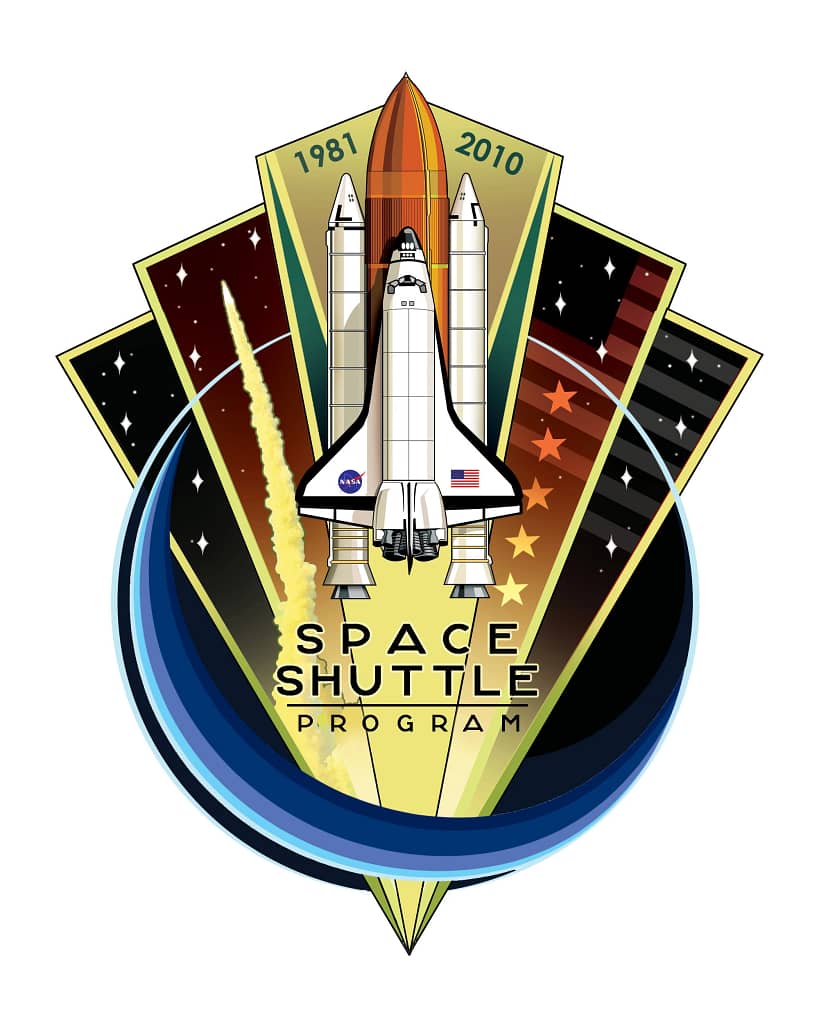
The Space Shuttle Program, operated by NASA, was a monumental chapter in the history of space exploration. For over 30 years, Houston’s Johnson Space Center (JSC) played a vital role in the success of the program, cementing the city’s reputation as Space City. This article explores the history, milestones, and lasting impact of the Space Shuttle Program and JSC.
The Origins of the Space Shuttle Program
The Space Shuttle Program was conceived in the early 1970s as NASA sought a more cost-effective and reusable spacecraft to explore space. Unlike previous one-time-use rockets, the shuttle was designed to launch like a rocket, orbit like a spacecraft, and return to Earth like an airplane. The reusable design made frequent space missions feasible, pushing the boundaries of space exploration.

Houston’s Johnson Space Center was integral to mission planning, astronaut training, and real-time operations. From the earliest stages of shuttle development, JSC was tasked with ensuring that the program could meet NASA’s ambitious goals.
Milestones of the Space Shuttle Program
The first shuttle flight, STS-1, launched on April 12, 1981, with the shuttle Columbia carrying two astronauts into orbit. This mission marked a new era in space exploration, showcasing the capabilities of reusable spacecraft.
Throughout its history, the Space Shuttle Program achieved several important milestones, including:
- Deploying the Hubble Space Telescope in 1990, which revolutionized our understanding of the universe.
- Assembling the International Space Station (ISS), with shuttle missions delivering key components and supplies.
- Conducting vital scientific experiments in microgravity that advanced knowledge in various fields.
JSC’s Mission Control Center oversaw every flight, coordinating with astronauts and ground teams to ensure mission success.

The Role of Johnson Space Center
The Johnson Space Center was not only the operational heart of the Space Shuttle Program but also a hub for astronaut training. All shuttle astronauts underwent rigorous preparation at JSC, from learning spacecraft systems to mastering spacewalk techniques in the center’s Neutral Buoyancy Laboratory.

The Mission Control Center, famously referred to as “Houston”, became synonymous with space exploration. Whenever astronauts communicated with Earth, it was the team at JSC that provided critical support, guiding them through challenges and ensuring safe operations.
The Final Years of the Shuttle Program
The Space Shuttle Program concluded with the final flight of Atlantis in July 2011. After more than three decades of service, NASA retired the shuttle fleet to focus on deep space exploration and the development of new vehicles like Orion.
The end of the program marked the conclusion of a remarkable era. However, it also ushered in a new phase for the Johnson Space Center, which continues to play a critical role in space exploration through its work on the Artemis Program and partnerships with private space companies like SpaceX.

The Legacy of the Space Shuttle Program in Houston
The impact of the Space Shuttle Program extends beyond technological achievements. It inspired generations to pursue careers in science and engineering, and it strengthened Houston’s reputation as a center for innovation.
Today, visitors to Space Center Houston can explore artifacts from the shuttle era, including the shuttle replica Independence and the original Shuttle Carrier Aircraft. The legacy of the Space Shuttle Program lives on, shaping future generations of explorers and innovators.